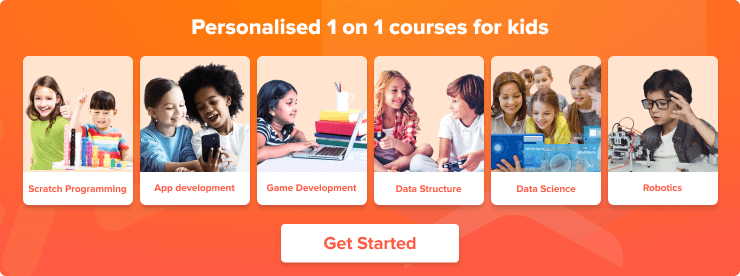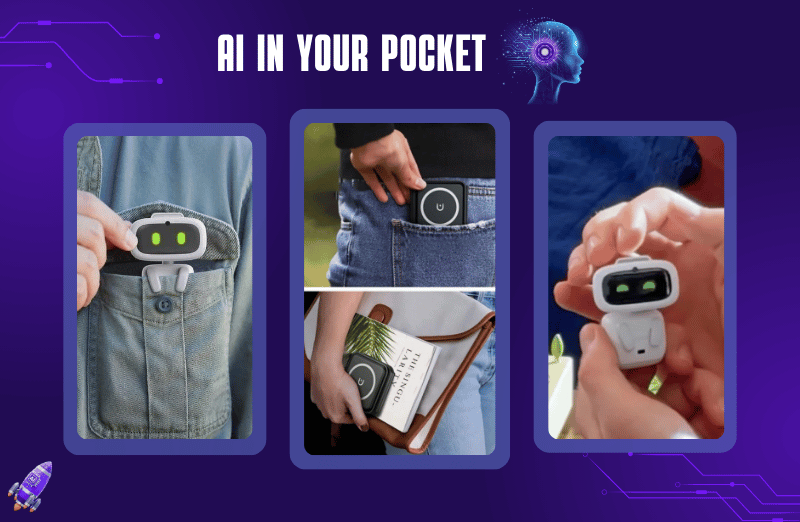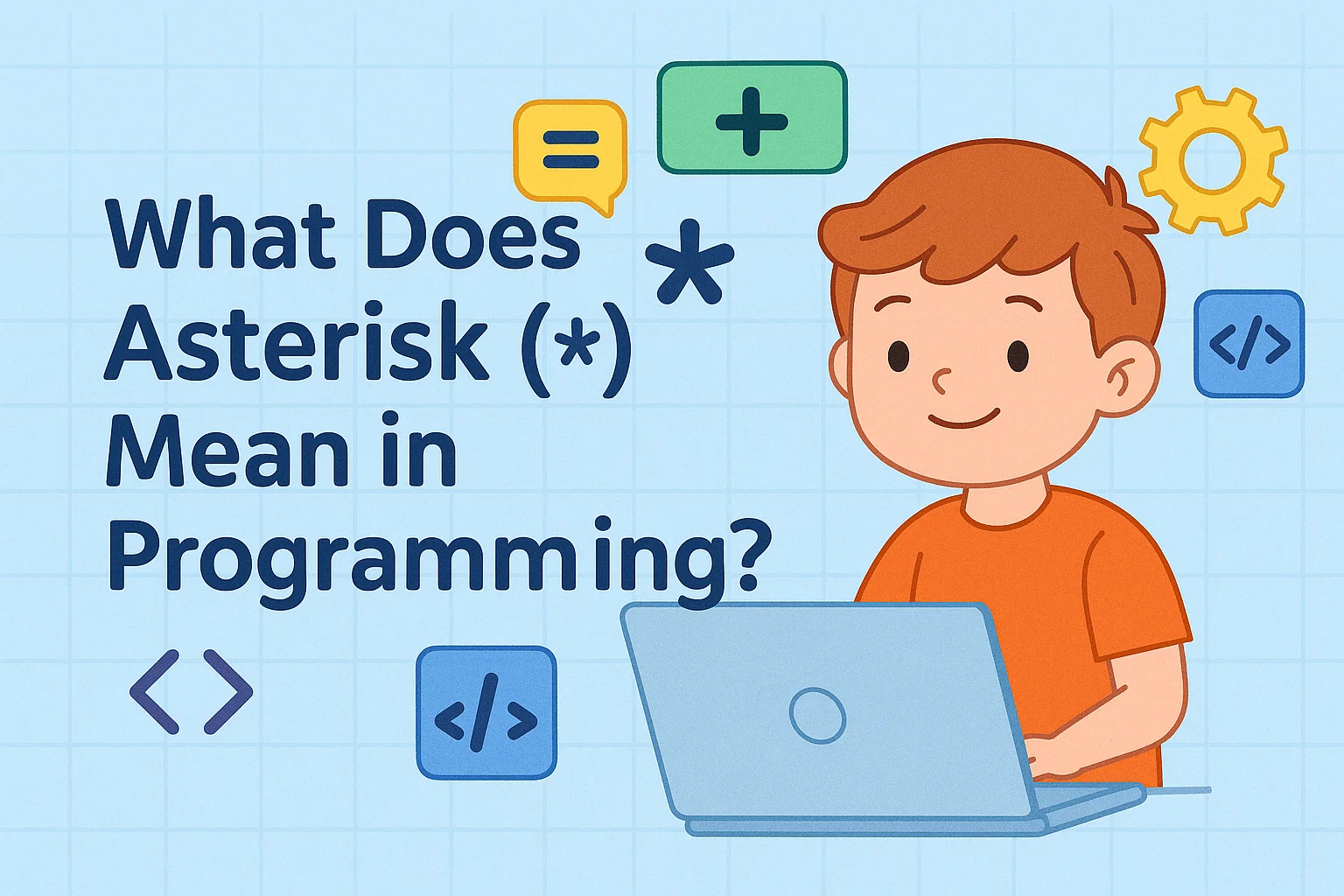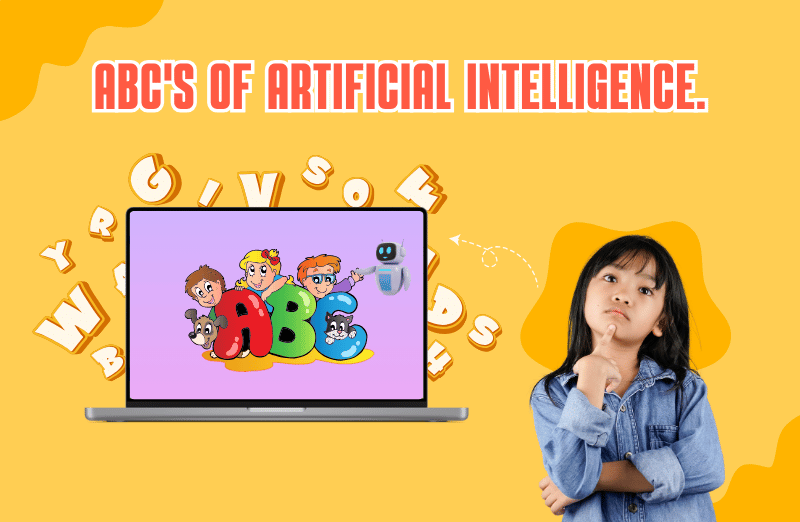1. Introduction: The Ubiquitous Intelligence in Your Hand
In today’s fast-paced world, our smartphones have become indispensable extensions of ourselves. They are our primary tools for communication, navigation, entertainment, and even work. But beneath their sleek interfaces and powerful processors lies a silent, yet revolutionary force at play: Artificial Intelligence. Far from being a futuristic concept, AI is deeply embedded in the very fabric of your smartphone, working tirelessly in the background to make your daily interactions smoother, smarter, and more intuitive.
Many of us interact with AI on our phones without even realizing it. From the moment you glance at your screen to unlock it, to the predictive suggestions that pop up as you type a message, or the stunning quality of your latest photo, AI is constantly enhancing your mobile experience. It’s no longer just about powerful hardware; it’s about intelligent software that learns from your habits, anticipates your needs, and adapts to your preferences.
This blog post will pull back the curtain on the AI features that are already transforming your smartphone into a truly intelligent companion. We’ll explore how AI powers everything from the security of facial recognition to the convenience of predictive text and the magic behind professional-looking photo enhancements. Get ready to discover the hidden intelligence in your pocket and appreciate just how much AI is doing for you, every single day.
2. Unlocking Your World: Facial Recognition and Biometric Security
One of the most prominent and frequently used AI features on modern smartphones is facial recognition. Gone are the days of fumbling with passcodes or fingerprint scanners; now, a mere glance at your device is often enough to unlock it, authorize payments, or access sensitive applications. This seamless experience is powered by sophisticated AI algorithms.
How it Works
Facial recognition systems on smartphones typically employ a combination of hardware and software. High-end devices often use specialized sensors (like infrared cameras or dot projectors) to create a detailed 3D map of your face. This map captures unique features such as the contours of your eyes, nose, and mouth, as well as the depth and shape of your facial structure. This 3D data is far more secure than traditional 2D image recognition, which can be fooled by a photograph.
Once the facial data is captured, AI algorithms spring into action. These algorithms are trained on vast datasets of faces to learn and identify unique patterns. When you attempt to unlock your phone, the system captures your face, converts it into a mathematical representation, and then compares it to the stored template of your face. This comparison is not a simple pixel-by-pixel match but a complex analysis of facial metrics and features, ensuring high accuracy and security.
Beyond Unlocking
Facial recognition extends beyond just unlocking your phone. It’s increasingly used for:
- Secure Payments: Authorizing mobile payments with a quick face scan adds a layer of convenience and security.
- App Access: Many banking, health, and other sensitive applications now offer facial recognition as a login option, streamlining access while maintaining strong security.
- Personalized Experiences: Some apps use facial recognition to personalize content or features based on who is using the device.

The Role of AI
AI’s role in facial recognition is critical for several reasons:
- Accuracy and Speed: AI models can process complex facial data and make a match in milliseconds, even in varying lighting conditions or with minor changes in appearance (e.g., wearing glasses).
- Anti-Spoofing: Advanced AI algorithms are trained to detect spoofing attempts, such as using photos, masks, or even sophisticated 3D models of a face.
- Adaptability: The AI continually learns and adapts to subtle changes in your appearance over time, ensuring continued recognition without requiring frequent re-enrollment.
- While concerns about privacy and data security are valid and ongoing discussions, the convenience and robust security offered by AI-powered facial recognition have made it a cornerstone of modern smartphone biometrics. It’s a prime example of how AI is seamlessly integrated into our daily lives, making our devices both more secure and easier to use.
3. Smarter Communication: Predictive Text and Voice Assistants
Communication is arguably the most frequent activity on our smartphones, and AI plays a pivotal role in making it more efficient, accurate, and personalized. Two prime examples are predictive text and voice assistants, both of which leverage sophisticated AI models to understand and anticipate our linguistic needs.
Predictive Text: Anticipating Your Words
Remember the days of T9 texting, where every word was a struggle? Modern predictive text keyboards have revolutionized mobile typing, offering suggestions for the next word, correcting typos, and even completing entire phrases. This seemingly magical ability is a direct result of advanced AI, specifically Natural Language Processing (NLP) and machine learning.
How it Works:
When you type, the AI model analyzes the context of your current words, your past typing habits, and a vast linguistic database. It then uses this information to predict the most probable next word or phrase. This isn’t just a simple dictionary lookup; it involves complex algorithms that understand grammar, syntax, and semantics. The AI learns from your unique vocabulary, the people you communicate with, and even the topics you frequently discuss, becoming more accurate and personalized over time.
Key AI techniques involved include:
- N-gram Models: These statistical models predict the next item in a sequence based on the preceding ‘n’ items. For example, a trigram model would predict the next word based on the two words before it.
- Recurrent Neural Networks (RNNs) and Transformers: More advanced predictive text systems use deep learning architectures like RNNs or Transformer models. These can understand longer-range dependencies in text, allowing for more coherent and contextually relevant suggestions.
- Personalization: The AI continuously updates its models based on your individual typing patterns, frequently used words, and even slang or abbreviations, making the suggestions highly relevant to you.
Voice Assistants: Conversational AI in Your Pocket
Voice assistants like Siri, Google Assistant, and Alexa have become ubiquitous, allowing us to control our phones, get information, and perform tasks using natural language commands. This capability is a testament to the power of conversational AI, integrating several complex AI technologies.
How it Works:
When you speak to your voice assistant, a multi-stage AI process kicks in:
1.Speech Recognition (Automatic Speech Recognition – ASR): The first step is to convert your spoken words into text. ASR models, often based on deep neural networks, are trained on massive datasets of speech to accurately transcribe audio, even in noisy environments or with different accents.
2.Natural Language Understanding (NLU): Once the speech is converted to text, NLU models analyze the text to understand its meaning, intent, and key entities. For example, if you say
“, ‘Set a timer for 10 minutes’,” the NLU identifies ‘set a timer’ as the action and ’10 minutes’ as the duration. 3. Dialogue Management: This component manages the flow of the conversation, keeping track of context and guiding the interaction. It determines the appropriate response or action based on the understood intent. 4. Natural Language Generation (NLG): Finally, if a verbal response is required, NLG models generate human-like text, which is then converted back into speech by a text-to-speech (TTS) engine.
The Role of AI:
AI is fundamental to every stage of voice assistant operation:
- Learning and Improvement: Voice assistants continuously learn from user interactions, improving their accuracy in understanding accents, vocabulary, and complex commands over time.
- Contextual Awareness: Advanced AI allows assistants to understand context, enabling follow-up questions and more natural conversations.
- Integration: AI facilitates the integration of voice assistants with various apps and services, allowing them to perform a wide range of tasks, from playing music to ordering groceries.
Both predictive text and voice assistants exemplify how AI is making our daily communication more efficient and seamless, transforming the way we interact with our smartphones and the digital world.
4. Picture Perfect: AI-Powered Photo Enhancements
For many, the smartphone has replaced the traditional camera, becoming the primary tool for capturing life’s moments. The incredible quality of smartphone photography today isn’t just due to better lenses and sensors; it’s largely thanks to the pervasive influence of AI. From automatically adjusting settings to magically removing unwanted objects, AI is the silent artist behind your picture-perfect shots.
Computational Photography: AI’s Magic Touch
Modern smartphone cameras don’t just take a single photo; they often capture multiple images simultaneously and use AI to combine them into one stunning final product. This is known as computational photography, and it’s where AI truly shines:
- HDR (High Dynamic Range): AI analyzes scenes with extreme light and shadow, taking multiple exposures (some bright, some dark) and intelligently merging them to create a single image with balanced exposure across the entire frame. This prevents blown-out highlights and crushed shadows.
- Portrait Mode/Bokeh Effect: This popular feature uses AI to identify the subject in the foreground and artificially blur the background (bokeh effect), mimicking the shallow depth of field achieved by professional DSLR cameras. AI precisely segments the subject from the background, even with complex edges like hair.
- Night Mode: Capturing clear, well-exposed photos in low light is incredibly challenging. AI-powered night modes take multiple short exposures, align them, and then use advanced algorithms to reduce noise, enhance detail, and brighten the image, often producing results that seem impossible for a tiny smartphone sensor.
- Scene Recognition: AI can instantly recognize what you’re pointing your camera at?whether it’s food, a pet, a landscape, or a person. Based on this recognition, it automatically adjusts camera settings like white balance, saturation, and contrast to optimize the shot for that specific scene.
Post-Capture Enhancements and Editing
AI’s influence extends beyond the shutter button into the editing suite:
- Object Removal: Some advanced photo editing apps use AI to intelligently remove unwanted objects or people from your photos, seamlessly filling in the background as if they were never there.
- Photo Upscaling and Detail Enhancement: AI can analyze low-resolution images and intelligently add pixels and detail, making them look sharper and larger without significant loss of quality.
- Automatic Cropping and Straightening: AI can suggest optimal crops and automatically straighten horizons, ensuring your photos are always composed perfectly.
- Facial Retouching: AI can subtly smooth skin, brighten eyes, and even reshape facial features in selfies, often in real-time, to create more flattering portraits.
The Role of AI
AI’s contribution to smartphone photography is transformative:
- Learning from Data: AI models are trained on millions of images, learning what makes a good photo and how to correct imperfections. This allows them to apply complex adjustments automatically.
- Real-time Processing: Many of these enhancements happen almost instantaneously, thanks to dedicated AI processing units (NPUs or Neural Processing Units) built into modern smartphone chipsets.
- Personalization: Some AI camera features learn your preferences over time, adapting their enhancement styles to match your artistic vision.
- AI has truly democratized high-quality photography, allowing anyone with a smartphone to capture stunning images that once required professional equipment and expertise. It’s a testament to how AI can elevate everyday experiences to extraordinary levels.
5. Beyond the Obvious: Other Everyday AI Features
While facial recognition, predictive text, and photo enhancements are some of the most visible AI features on your smartphone, a myriad of other AI-powered functionalities work silently in the background, constantly optimizing your device and enhancing your daily life. These often go unnoticed, yet they contribute significantly to the seamless and intelligent experience we’ve come to expect.
Battery Optimization and Performance Management
One of the most crucial, yet often overlooked, applications of AI in smartphones is in managing battery life and overall device performance. Modern operating systems use AI to learn your usage patterns:
- Adaptive Battery: AI identifies the apps you use most frequently and those you rarely touch. It then intelligently restricts background activity for less-used apps, saving significant battery power without you having to manually manage settings.
- App Pre-loading: Based on your habits (e.g., opening a specific app at a certain time each day), AI can pre-load parts of an application into memory, making it launch almost instantaneously when you tap its icon.
- Thermal Management: AI monitors the device’s temperature and adjusts CPU/GPU performance to prevent overheating, ensuring smooth operation and preventing damage to components.
Personalized Recommendations and Content Curation
Your smartphone’s AI is constantly learning about your preferences to offer highly personalized experiences:
- App Suggestions: Based on your location, time of day, and past usage, your phone might suggest relevant apps (e.g., a navigation app when you’re leaving home, a music app when you plug in headphones).
- News Feeds and Content Discovery: AI algorithms power personalized news feeds, social media timelines, and content recommendations in streaming apps, ensuring you see content that is most relevant and engaging to your interests.
- Shopping and Advertising: AI analyzes your browsing history, purchases, and search queries to present highly targeted advertisements and product recommendations, often making online shopping eerily convenient.
Spam and Fraud Detection
AI plays a vital role in protecting you from unwanted intrusions and malicious activities:
- Spam Call and Message Filtering: AI models analyze incoming calls and messages, identifying patterns associated with spam or scam attempts and automatically blocking or flagging them before they reach you.
- Fraud Detection in Banking Apps: Many mobile banking applications use AI to monitor transactions for unusual activity, flagging potential fraud in real-time and protecting your financial security.
Digital Wellbeing and Usage Insights
Increasingly, AI is being used to help us manage our relationship with our devices:
- Usage Tracking: AI analyzes how much time you spend on different apps and provides insights into your digital habits, helping you set limits or understand your usage patterns.
- Focus Modes: AI can learn when you typically need to focus (e.g., during work hours) and automatically silence notifications or activate specific profiles to minimize distractions.
These are just a few examples of the countless ways AI is woven into the fabric of your smartphone’s operating system and applications. It’s the invisible hand that optimizes performance, personalizes your experience, and protects your privacy, making your device not just smart, but truly intelligent.
6. The Future of AI in Smartphones: More Personal, More Powerful
The AI revolution in smartphones is far from over; in fact, it’s just beginning. As technology continues to advance, we can expect our pocket-sized companions to become even more intelligent, intuitive, and seamlessly integrated into every aspect of our lives. The future of AI in smartphones points towards a trajectory of hyper-personalization, enhanced capabilities, and a deeper understanding of our individual needs and contexts.
Proactive and Contextual Intelligence
Today’s AI is largely reactive, responding to our commands or actions. The next generation of smartphone AI will be increasingly proactive and contextually aware. Imagine a phone that:
- Anticipates Your Needs: Your phone might automatically adjust your alarm based on your calendar and traffic conditions, or pre-download content for your commute before you even leave the house.
- Understands Your Environment: AI will leverage more sensors and data points (e.g., ambient noise, light, location, biometric data) to understand your current situation and adapt its behavior accordingly. For example, it could automatically switch to a focus mode when it detects you’re in a meeting or suggest a quiet place to relax when it senses your stress levels are high.
- Predicts Your Health: Wearable integration will become even more sophisticated, with AI continuously monitoring vital signs and activity levels to provide personalized health insights, detect early signs of illness, or even predict potential health issues before they arise.
On-Device AI and Edge Computing
Currently, many complex AI tasks rely on cloud computing, sending data to remote servers for processing. The trend is shifting towards more powerful on-device AI processing, also known as edge computing. This means:
- Enhanced Privacy: More data processing happens directly on your device, reducing the need to send sensitive information to the cloud.
- Faster Responses: Real-time AI applications, like augmented reality overlays or instant language translation, will become even more responsive as processing occurs locally.
- Offline Capabilities: AI features will function more robustly even without an internet connection, making them reliable in more situations.
Dedicated Neural Processing Units (NPUs) within smartphone chipsets will continue to grow in power, enabling increasingly complex AI models to run efficiently on the device itself.
Hyper-Personalization and Digital Twins
The future will see AI creating a truly unique and dynamic digital experience tailored precisely to you. This could involve:
- Adaptive Interfaces: Your phone’s interface might dynamically rearrange itself based on your current task or mood, presenting the most relevant apps and information front and center.
- Digital Twins: AI could build a comprehensive digital twin of your habits, preferences, and even emotional states, allowing your phone to act as a truly intelligent personal assistant that understands you on a deeper level.
- Seamless Integration with the IoT: Your smartphone will become the central hub for an increasingly intelligent smart home and connected world, with AI orchestrating interactions between all your devices.
Ethical Considerations and Responsible AI
As AI becomes more powerful and pervasive, the importance of ethical considerations and responsible AI development will only grow. Future advancements will need to prioritize:
- Transparency: Users will need to understand how AI is making decisions and using their data.
- Control: Users must retain ultimate control over their data and AI’s behavior.
- Fairness and Bias Mitigation: Continued efforts will be crucial to ensure AI models are fair, unbiased, and do not perpetuate societal inequalities.
The future of AI in smartphones promises a world where our devices are not just tools, but truly intelligent companions that anticipate our needs, enhance our capabilities, and seamlessly integrate into the fabric of our lives. It’s an exciting frontier, with endless possibilities for innovation and personalization.
7. Conclusion: Your Intelligent Companion
From the moment you wake up and unlock your phone with a glance, to the effortless typing of messages, and the capture of stunning photographs, Artificial Intelligence is working tirelessly within your smartphone. It’s not a distant, abstract concept; it’s a tangible force that has quietly, yet profoundly, reshaped our daily mobile experience.
We’ve explored how AI powers critical features like facial recognition, providing seamless and secure access to your device. We’ve seen how predictive text and voice assistants leverage sophisticated algorithms to make communication more efficient and intuitive. And we’ve marveled at the computational photography magic that transforms ordinary snapshots into professional-grade images, all thanks to AI.
Beyond these prominent examples, AI is constantly optimizing your phone’s performance, personalizing your content, and protecting you from unwanted intrusions. It’s the invisible hand that makes your device feel less like a machine and more like a truly intelligent companion, learning from your habits and anticipating your needs.
The journey of AI in smartphones is an ongoing one, promising even more personalized, proactive, and powerful capabilities in the future. As AI continues to evolve, our smartphones will become even more indispensable, seamlessly integrating into our lives and augmenting our abilities in ways we are only just beginning to imagine. So, the next time you pick up your phone, take a moment to appreciate the incredible intelligence residing in your pocket, working tirelessly to make your world a little smarter, every single day.














